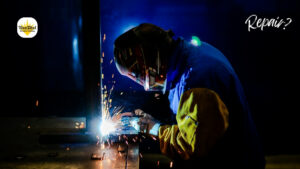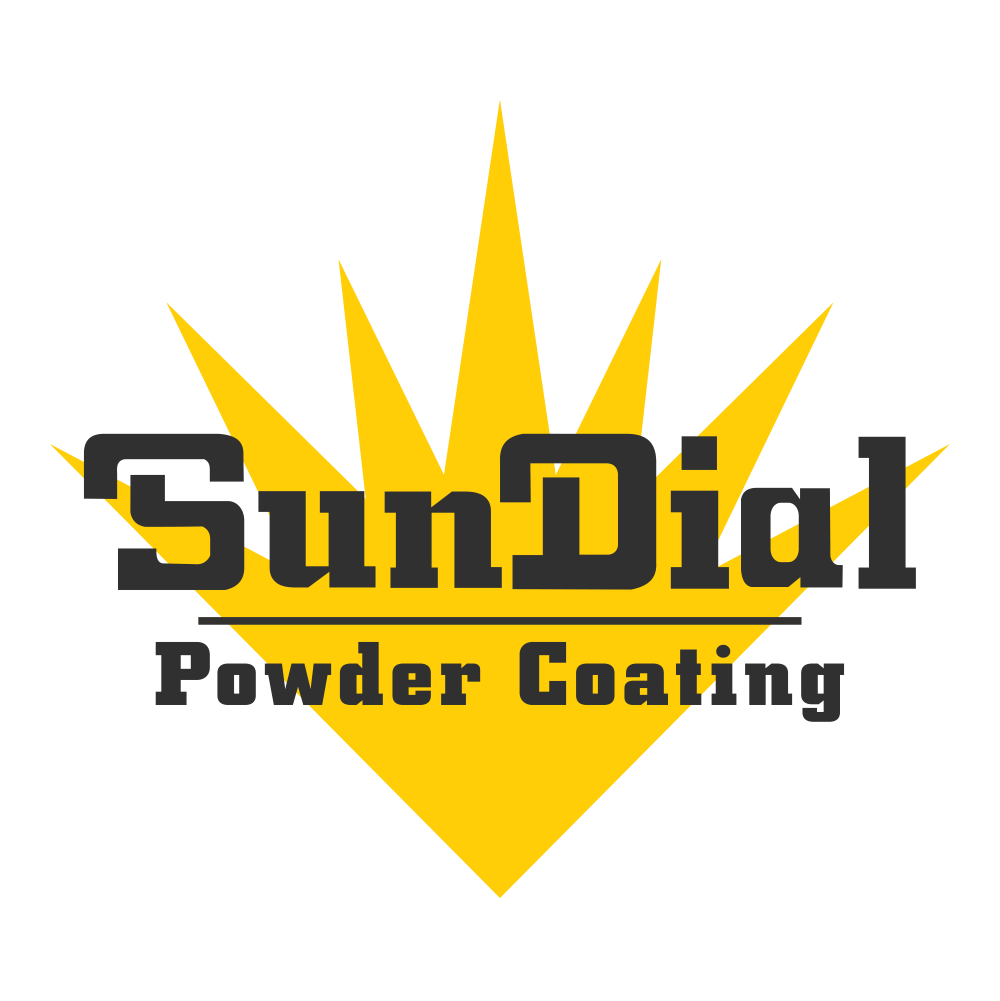Powder coating is known for its durability and long-lasting finish, but even the most robust coatings can suffer damage from wear, impact, or environmental exposure. When this happens, the question often arises: can powder coating be repaired or recoated effectively? The answer is yes, and the approach taken will depend on the type and extent of the damage.
Repairing Powder Coating
Minor damage to powder-coated surfaces, such as scratches, chips, or minor scuffs, can often be repaired without the need for a full recoating. Here are some methods for effectively repairing powder coating:
- Touch-Up Procedures: Small chips or scratches can be addressed with color-matched touch-up paints. These paints are typically applied with a brush, pen, or spray, allowing for precise control. The damaged area should be cleaned and lightly sanded to ensure proper adhesion of the touch-up paint.
- Sanding and Polishing: For superficial scratches that do not penetrate the full depth of the powder coat, fine sanding followed by polishing can restore the finish. This method is suitable for minor surface imperfections and requires careful application to avoid further damage to the coating.
- Localized Recoating: In cases where damage is more extensive but confined to a small area, localized recoating may be appropriate. This involves lightly sanding the damaged area, cleaning it thoroughly, and then applying a new layer of powder coating to match the original finish. This process requires precise color matching and a controlled application environment to ensure seamless integration with the existing coating.

Recoating Over Existing Powder Coating
When damage is widespread or a new finish is desired, a full recoating may be necessary. Recoating involves several critical steps to ensure the new powder coat adheres properly and provides a high-quality finish:
- Removal of the Existing Coating: The damaged powder coating must be completely removed to prepare for a new application. This can be achieved using chemical strippers or abrasive blasting, depending on the substrate material and the condition of the existing coating.
- Surface Preparation: Once the old coating is removed, the substrate must be meticulously cleaned and prepped. This step often includes degreasing, removing any contaminants, and creating a suitable surface profile for the new powder coat to adhere to. Proper surface preparation is crucial to prevent adhesion issues and ensure a smooth finish.
- Application of the New Powder Coat: The new powder coating is applied using an electrostatic spray gun, which evenly distributes the powder across the surface. The object is then cured in an oven to fuse the powder into a solid, durable finish. The curing process parameters—such as temperature and duration—must be carefully controlled to match the specifications of the powder being used.
- Inspection and Quality Control: After curing, the recoated item should undergo a thorough inspection to ensure the new coating meets the desired standards for appearance, thickness, and adhesion. Any defects identified at this stage can be addressed with additional touch-ups or rework.
Considerations for Recoating
Recoating powder-coated items offers several advantages, such as extending the lifespan of the coated item and allowing for updates to color or finish. However, there are some critical considerations to keep in mind:
- Compatibility: Not all powder coatings are compatible with each other. It’s essential to ensure that the new powder coat is compatible with any remaining base layer or the substrate material to avoid adhesion problems.
- Cost and Feasibility: Depending on the extent of damage and the complexity of the recoating process, it may be more cost-effective to replace the item rather than recoat it. A thorough cost-benefit analysis should be conducted before proceeding with a full recoating.
- Professional Expertise: Recoating requires specialized equipment and expertise to achieve a high-quality finish. Working with professional powder coating services ensures that the process is performed correctly and the finish meets industry standards.
In summary, powder coating can be effectively repaired or recoated, depending on the damage’s scope and the project’s requirements. Proper techniques and professional expertise are essential to restoring or enhancing the powder-coated finish.
